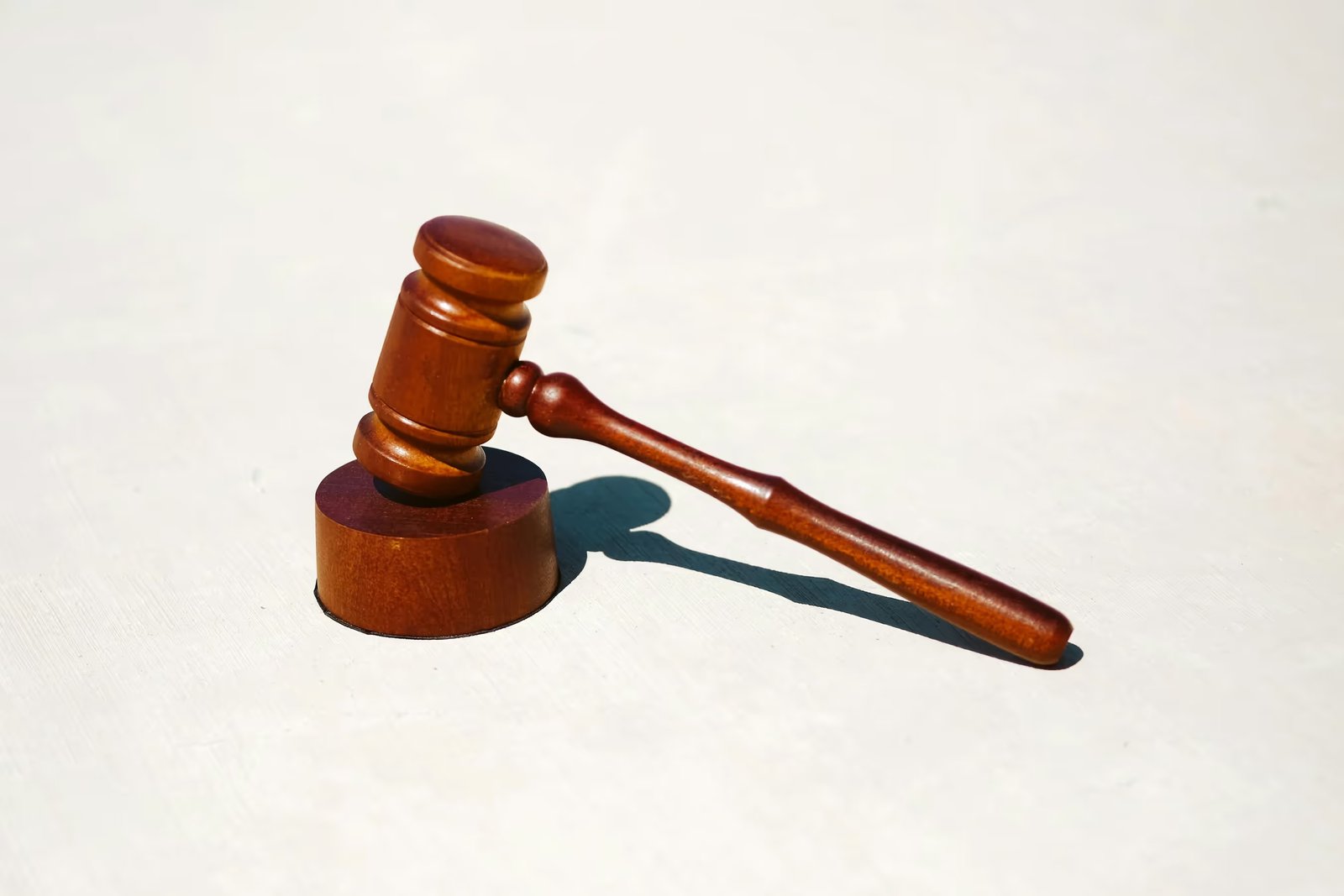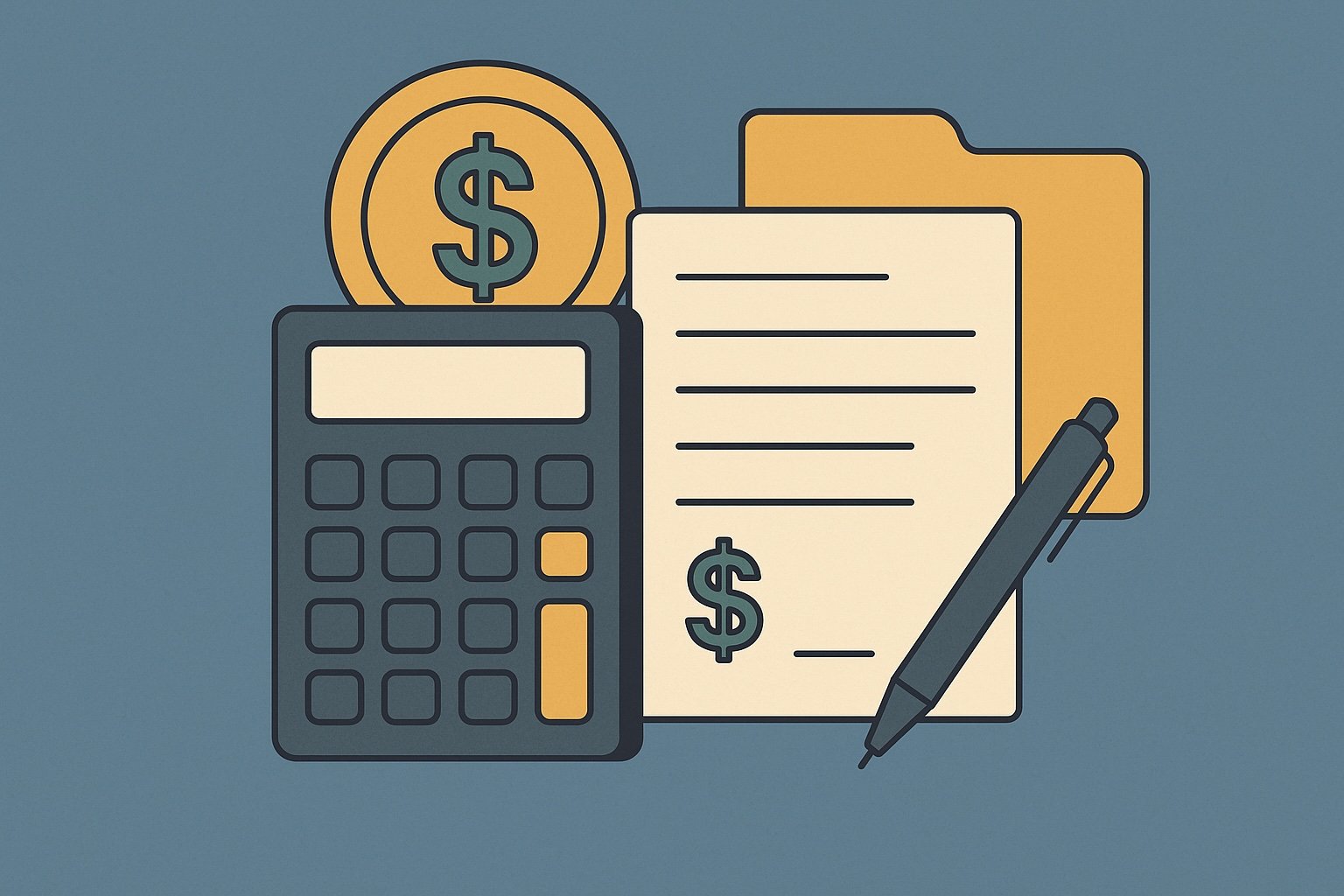Question
ARTE's Answer
A 1031 exchange and a reverse 1031 exchange are both strategies used to defer capital gains taxes on the sale of investment properties, but they differ in the sequence of transactions and the timing of acquiring the replacement property.
1031 Exchange (Forward Exchange):
In a traditional 1031 exchange, also known as a forward exchange, the process begins with the sale of the relinquished property. The proceeds from this sale are held by a qualified intermediary, like us at Deferred.com, to ensure that the seller does not have constructive receipt of the funds, which would otherwise trigger a taxable event. The seller then has 45 days to identify potential replacement properties and 180 days to close on the purchase of one or more of these identified properties. The key here is that the relinquished property is sold first, and the replacement property is acquired afterward.
Example of a 1031 Exchange:
Imagine you own an investment property worth $500,000, and you decide to sell it. You engage Deferred.com as your qualified intermediary. After selling the property, the $500,000 proceeds are held by us. Within 45 days, you identify three potential replacement properties, and within 180 days, you close on a new property worth $600,000. By reinvesting the entire proceeds and acquiring a property of equal or greater value, you defer the capital gains tax on the sale.
Reverse 1031 Exchange:
A reverse 1031 exchange, on the other hand, involves acquiring the replacement property before selling the relinquished property. This can be advantageous if you find a desirable replacement property but have not yet sold your current property. In a reverse exchange, an Exchange Accommodation Titleholder (EAT) is used to "park" either the replacement or relinquished property. The EAT holds the title to the property temporarily, allowing the taxpayer to complete the transaction within the 180-day period.
Example of a Reverse 1031 Exchange:
Suppose you find a perfect investment property for $700,000 but have not yet sold your current property valued at $500,000. You engage Deferred.com to facilitate a reverse exchange. We set up an EAT to take title to the new property using funds you provide. You then have 180 days to sell your existing property. Once sold, the proceeds are used to complete the purchase of the new property from the EAT. This allows you to secure the replacement property first, ensuring you don't miss out on a great investment opportunity.
Key Differences:
- Sequence of Transactions: In a 1031 exchange, the relinquished property is sold first, followed by the acquisition of the replacement property. In a reverse exchange, the replacement property is acquired first.
- Use of EAT: Reverse exchanges require the use of an EAT to hold the title to either the replacement or relinquished property temporarily, which is not necessary in a standard 1031 exchange.
- Timing Flexibility: Reverse exchanges provide flexibility in timing, allowing investors to secure a replacement property before selling their current one, which can be beneficial in competitive markets.
Both types of exchanges offer valuable tax deferral benefits, but the choice between them depends on your specific circumstances and investment strategy. At Deferred.com, we can assist you in navigating either type of exchange to ensure compliance with IRS regulations and maximize your tax deferral benefits.
Have more questions? Call us at 866-442-1031 or send an email to support@deferred.com to talk with an exchange officer at Deferred.
Sources
- TAM 200039005 (Failed Reverse Exchanges)
- IRS Info Letter 2007-0009 (Reverse Exchanges Do Not Qualify for Postponement)
- DeCleene v. Comm., 115 TC 457
- Rev. Rul. 2002-83 (Related Party Exchanges)
- Goolsby v. Commissioner
- Reverse Exchange (Article)
- Deferring Losses On The Sale of Property Using 1031 Exchanges
- What To Do About Exchange Expenses in a Section 1031 Exchange? (Article)
1031 Question? Ask ARTE
Deferred's AI 1031 Research Assistant is trained on 8,000+ pages of US tax law and outperforms human CPAs by 22%+
CHAT NOW
Learn More
See more frequently asked questions about 1031 exchanges








